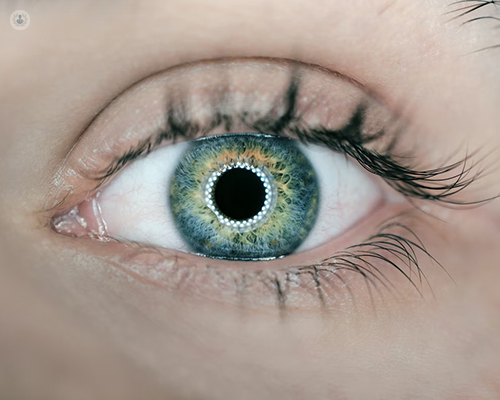What is posterior capsule opacification?
Written in association with:In one of our latest articles here below, Miss Sengal Nadarajah, a distinguished consultant ophthalmologist, explains what posterior capsule opacification is, describes how it is treated, and tells us what recovery time from the surgery used to treat it (YAG laser capsulotomy) usually entails for patients.
What is posterior capsule opacification?
When a patient undergoes cataract surgery, the cataract is removed, and the new lens is implanted within the capsule bag. In about 10 per cent of patients, this capsule may become opaque. This leads to clouding of the vision. We refer to this as posterior capsule opacification.
How is it treated?
Posterior capsule opacification can be treated effectively with YAG laser capsulotomy. This operation is quick and safe procedure that can effectively get rid of the opaqueness.
How is the procedure performed?
This is an outpatient procedure which is performed under topical anaesthetic. It takes roughly 10 minutes to complete. The laser beam is used to make an opening in the central part of the opaque capsule, which allows light to pass through.
What is recovery time like?
Patients may experience some glare or discomfort following the procedure, but they should be able to return to normal activities almost immediately.
How effective is the treatment?
It is very effective. The procedure does not normally need to be repeated.
Are there any potential complications?
The most common complication is the development of floaters, which relates to the breaking down of the opaque membrane, which settles after some time. Complications, though, are quite rare.
If you are considering undergoing a YAG laser capsulotomy, or if you have been recommended for the procedure, then make sure to book a consultation with Miss Sengal Nadarajah today via her Top Doctors profile.



